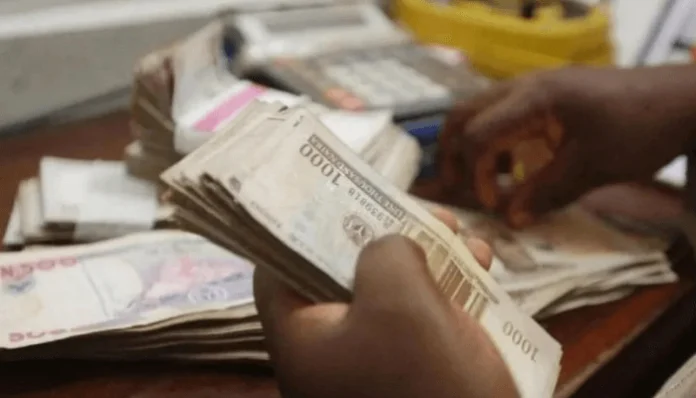The average return on Nigerian Treasury bills finished flat in the secondary market on Tuesday, ahead of Wednesday’s main market auction by the Central Bank of Nigeria (CBN). As a consequence, the average yield remained unchanged at 7.6%. Similarly, the average yield on OMO bills remained constant at 13.3%.
Existing T-Bills totaling N214.74 billion, divided into N1.03 billion, N10.55 billion, and N203.15 billion among the 91-day, 182-day, and 364-day instruments, will mature and be rolled over on Wednesday.
According to MarketForces Africa, during the most recent auction, investors staked N1.54 trillion on Nigerian Treasury notes, the most in 2023, much above the total amount offered of N303.21 billion.
Eventually, N303.21 billion was allotted, bringing the overall bid-to-cover ratio to 5.09x. Despite this strong level of demand, the stop rate on the 91-day, 182-day, and 364-day instruments increased by 19 bps, 210 bps, and 417 bps, reaching 5.19%, 8.00%, and 13.97%, respectively.
In the coming auction, Meristem Securities analysts said they anticipate a decline in rates across the trio instruments. Analysts said this expectation stems from the higher interbank liquidity which settled at N353.60 billion as of Sept 4 relative to the amount offered, which could exert downward pressure on rates.
In the money market, the overnight lending rate expanded by 115 basis points to 3.4% over moderate liquidity pressures in the financial system. The open repo rate (OPR) climbed 125 basis points to 2.83%
In addition, the investment firm said the Government’s need to manage its borrowing costs serves as an incentive to keep rates lower. On the flip side, Meristem highlights the likelihood of investors demanding higher rates due to the uptick in the inflation rate.
In the secondary market, selling activities dominated, resulting in a decline in instrument prices. Consequently, the average T-bills yield increased by 36bps to 7.74% as of Sept 04 from 7.37% as of the previous auction date.
Fixed income market analysts said they expect a reversal of this trend in the near term as unmet demands at the auction are channelled to the secondary market.














